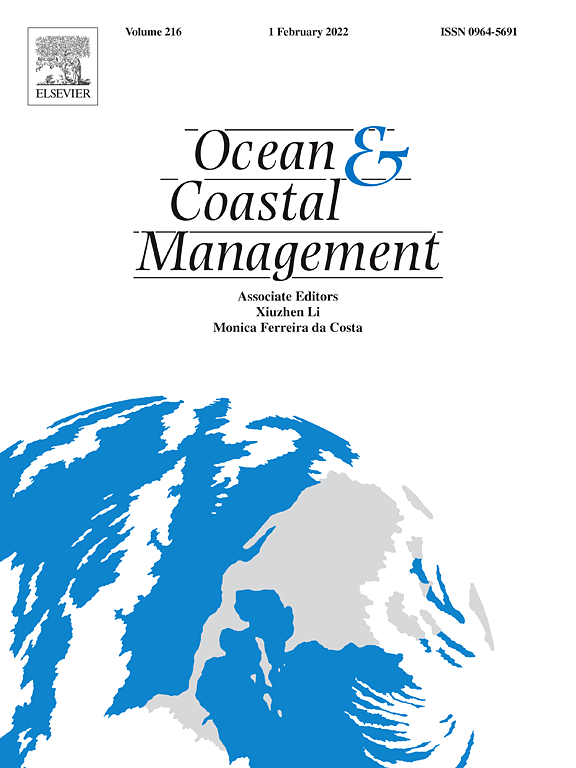Nos collègues David Mirera, Morine Ngarari, Esther Magondu et Miriam Wainaina du KMFRI, Kenya, ont publié récemment un nouvel article dans le journal Ocean & Coastal Management :
Societal and environmental impacts of seaweed farming in relation to rural development: The case of Kibuyuni village, south coast, Kenya
https://doi.org/10.1016/j.ocecoaman.2020.105253
Abstract :
Seaweed cultivation has become a major alternative source of livelihood to a number of coastal inhabitants in developing countries. It has a high return on investment compared to activities like fishing. Farming was introduced to communities in the south coast of Kenya to improve the wellbeing and enhance development initially with one village (Kibuyuni) but has currently spread to five other villages and continue to interest more participants. The current study aimed to understand the societal and environmental impacts of seaweed farming at Kibuyuni village in the south coast of Kenya to inform management interventions in the coastal areas. A multidisciplinary research approach using different methods including observation, surveys, focus group discussion and field experiments were used to collect data. Secondary data was mined from grey literature on the project that included project reports, farm records and unpublished status reports. On growth of seaweeds, the study revealed that off bottom culture method provided better growth rates and was fully adopted by farmers. Seaweed farming is practised within specific times of the day and month thus offer flexibility in involvement of farmers and labourers to participate in other income generating activities for diversification and spreading of risks. Further, the farming has different production chains that create employment for casual labourers. The industry raised a total of $ 12,000 direct income to Kibuyuni village through sell of dry seaweeds in 2017 in addition to other indirect benefits accrued. Income gained from sell of dry seaweed revolutionised the village through construction of modern houses, paying of school fees, medical care, food security and nutrition among other investments. Women form the highest proportion of seaweed farmers (75.2%) while youth and men contribute 7.62% and 17.14% respectively. Income earned from the business has given women an opportunity to contribute in the family decision-making process. Prices for dry seaweeds have fluctuated over time though the local buyers have maintained the purchasing power. During the last years, farmers have been involved in fabrication of value added products from seaweeds like soaps, salad, shampoo and fish feed with an aim of increasing revenue from seaweed farming. Investments in seaweed farming enterprises at Kibuyuni have opened the village to development of road networks and electrical power supply. The study found out that seaweed farming has minimal environmental impacts to the marine (herbivores fish increased while carnivores fish decreased after establishment of farmers) and terrestrial ecosystem bordering the farms. Therefore seaweed-farming has a potential of impacting positively on the wellbeing of coastal communities if proper management interventions are put in place to mitigate the associated negative impacts that may arise in addition to broader effects of development like migrations that are currently minimal.






